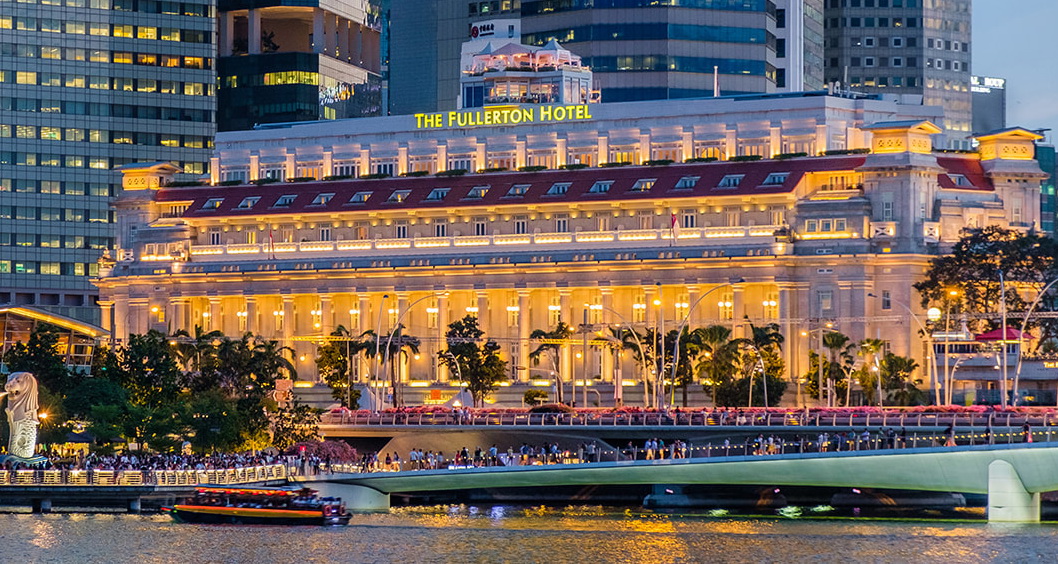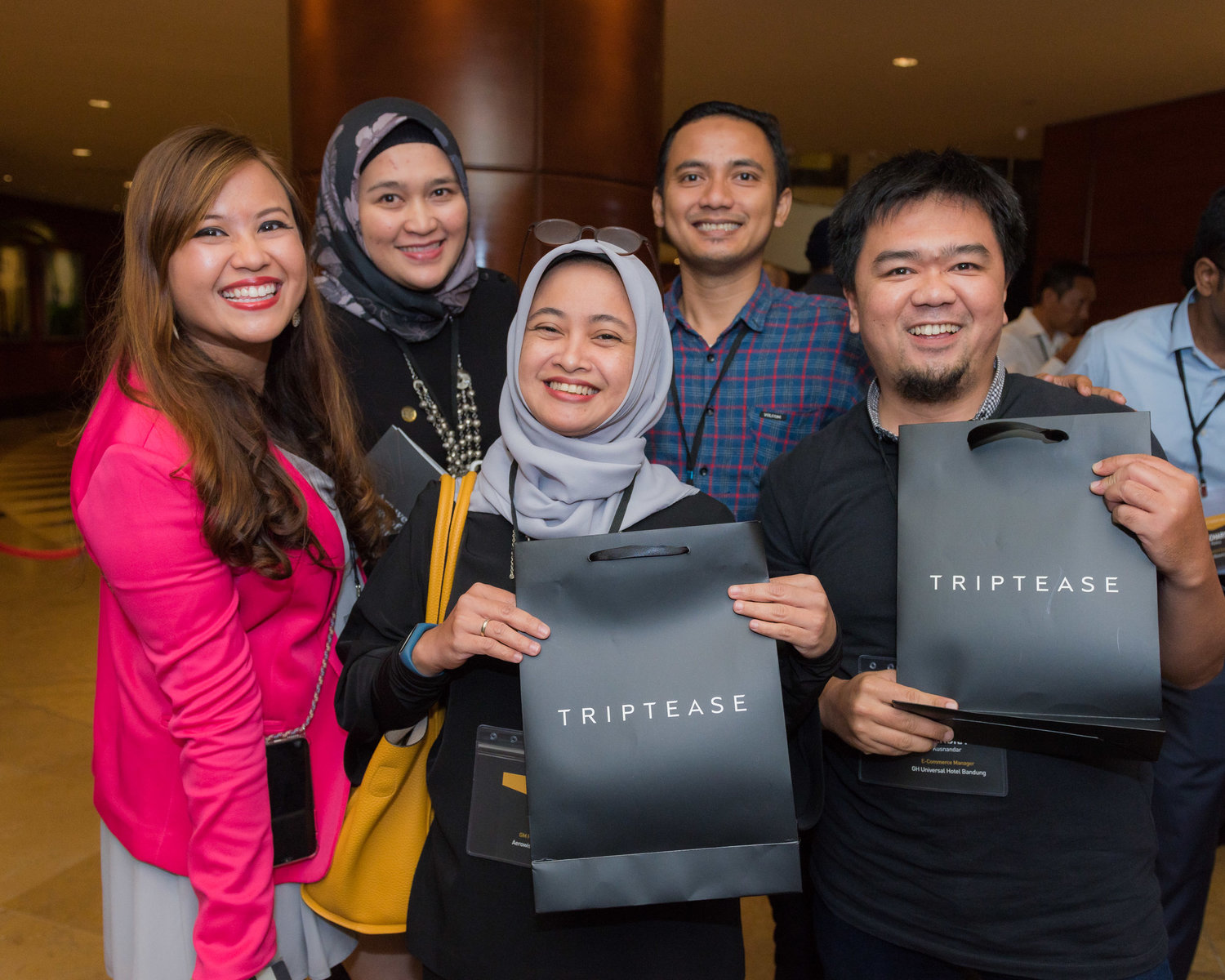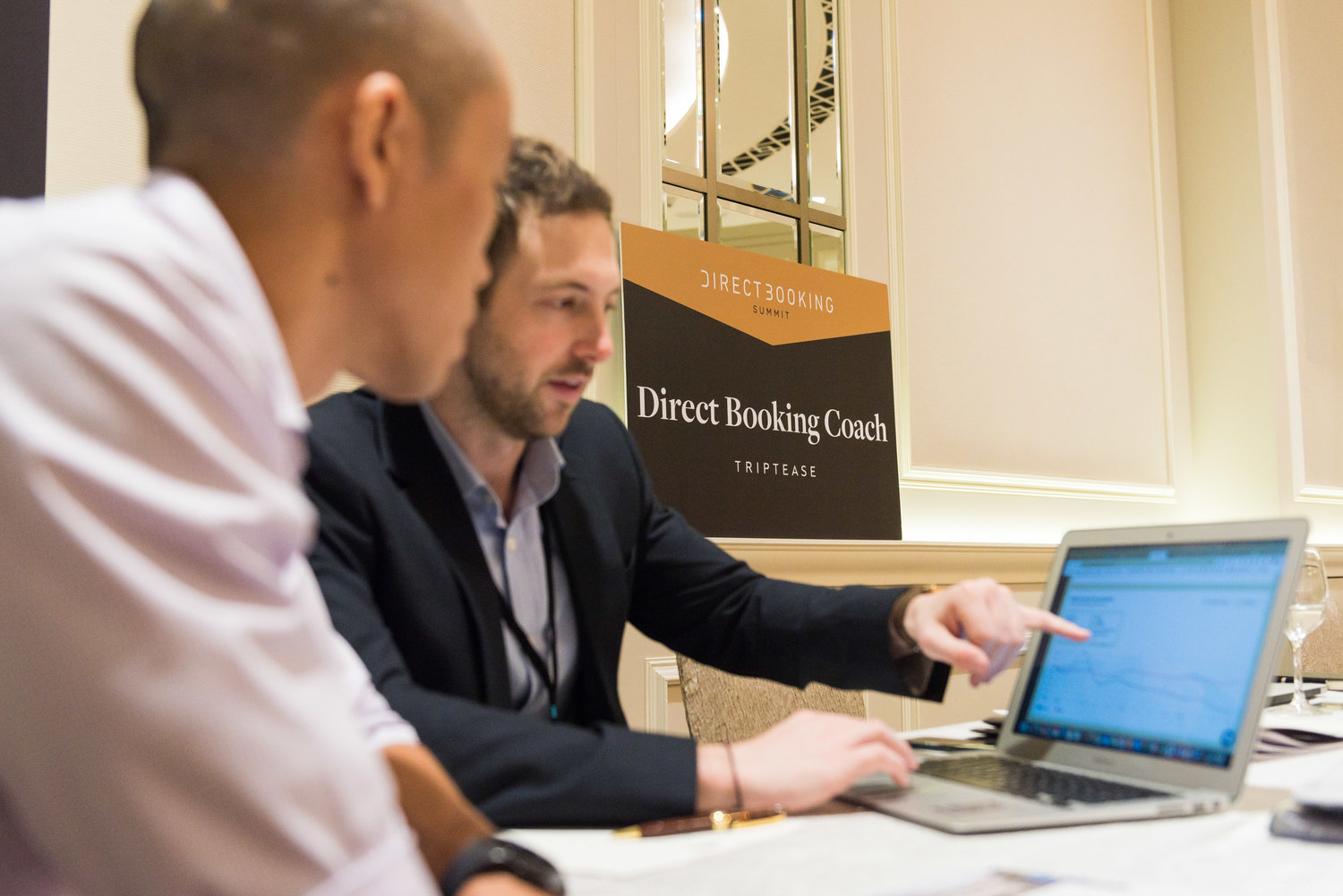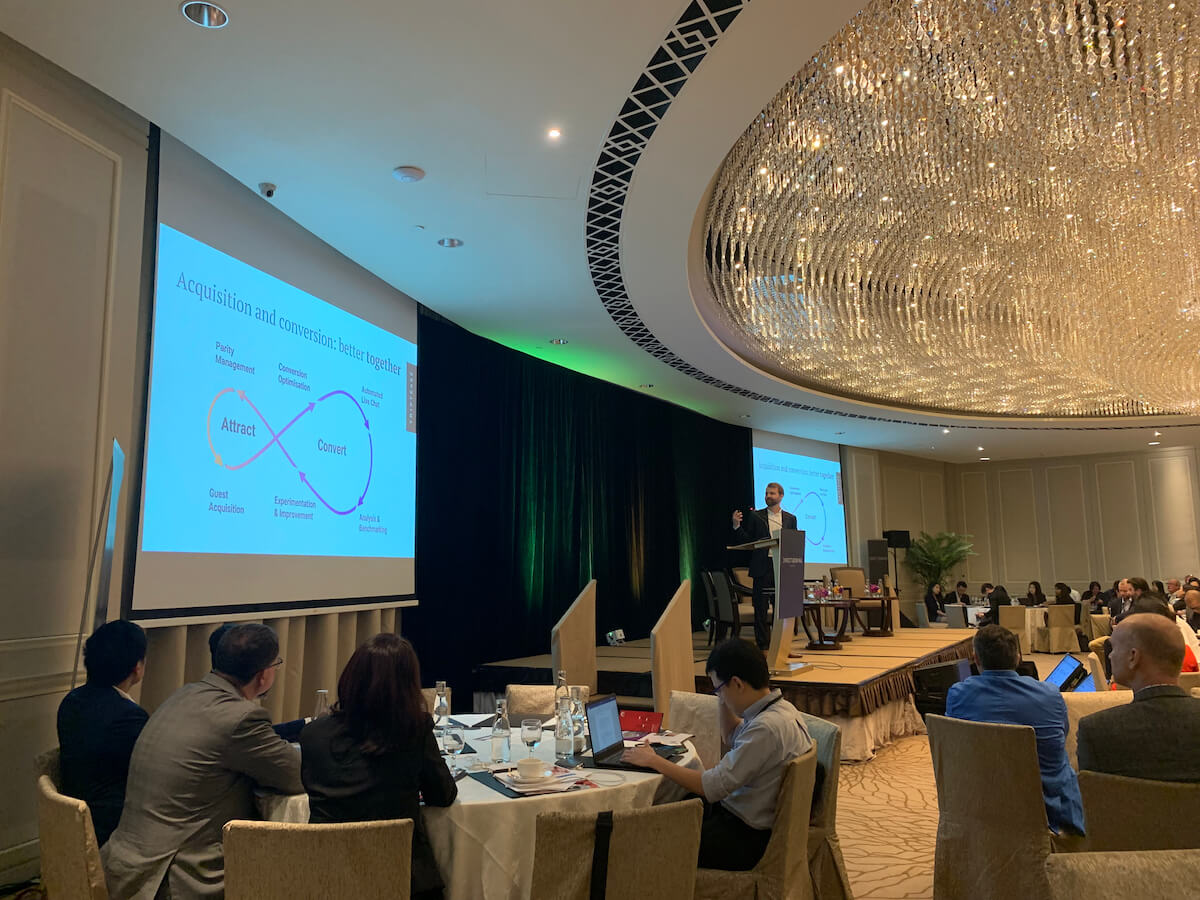Veni, vidi, vici: Direct Booking Summit Singapore 2019
Contributors are not employed, compensated or governed by TD, opinions and statements are from the contributor directly

The last week in February saw the arrival of the Direct Booking Summit at the Fullerton Hotel in Singapore, the seventh edition since the inaugural event in 2016.
Comprised of two days of “killer content” organisers described this year’s delegates as “the most engaged audience of hoteliers we’ve ever had”.
Day one highlights: Developing, testing and improving

Chantelle Veness of The Lancemore Group in Australia took the audience through the process of setting up full-circle customer relationship management (CRM) for guests. “We had two goals for our CRM strategy” said Veness.
“The first was to increase profit by increasing the number of stays, encouraging longer stays and upselling to guests. The second was to increase our direct bookings and minimize our OTA fees.”
Divulging that The Lancemore Group did not have a CRM system – “We did all this in-house!” – Veness stressed the importance of continuous testing and communication with any third parties you might employ. “If you’ve got an agency that you’re not meeting monthly – start meeting them monthly. Otherwise, you’re just giving money and free rein to somebody who knows nothing about your customer.”
Noting that customer analysis for successful CRM is not quick or easy and that companies need to be prepared to put the time and effort in to make it worthwhile, went on to add “Complete customer analysis can be really boring, but once it’s done it’s worth its weight in gold.”
Not only does The Lancemore Group know its customer better as a result, it’s also seeing return on its direct booking goals. Direct room nights have increased 11% in six months year-on-year, and organic and direct revenue has increased by almost 26%.
Day two highlights: Magic bullets?

Aida Merdovic’s story of developing a completely holistic direct booking strategy for Hamilton Island. “There’s no magic bullet for direct bookings,” Aida suggested. “There are just lots of smaller initiatives you can take that build to bigger success.”
Aida’s talk encompassed distribution, rate parity, the customer path to purchase, user-generated content, booking engine optimization and more. What stood out to us was the belief that a successful direct booking strategy needs to involve every single area of the organisation, from revenue to marketing to distribution and beyond.
One big takeaway from this workshop was the idea that there is room for hotels to capitalize on their contracts with trade by taking advantage of operational costs. “We discovered that we could waive fees for guests booking directly with us,” Aida revealed. “This 1.5% effective discount had a significant shift on channel preference among our guests.”
“We realized that we didn’t need to offer 20% discounts to win guests over. Marginal differences here and there have a big impact.”
Acquisition and conversion: Better together

Another message that stood out from talks on both days was the importance of working on your acquisition strategy in tandem with your conversion strategy. Blessy Townes of The Discovery Leisure Company, Inc put it best with her succinct summary: “You cannot have the acquisition strategy of a Ferrari with the engagement strategy of a Kia.”
Triptease’s Alasdair Snow echoed the sentiment in his session on acquisition and conversion. Snow said: “The Guest Intelligence platform leverages data science to identify and target guests based on their value.We attract and convert only the most valuable guests so that you can compete with OTAs. A shared understanding of customer value works across the entire path to purchase. Attracting and converting work in tandem, feeding into each other and increasing the performance of both.”


Comments are closed.